Affiliate links on Android Authority may earn us a commission. Learn more.
OPPO Find X: Here's why OPPO could make smartphones exciting again
June 10, 2018
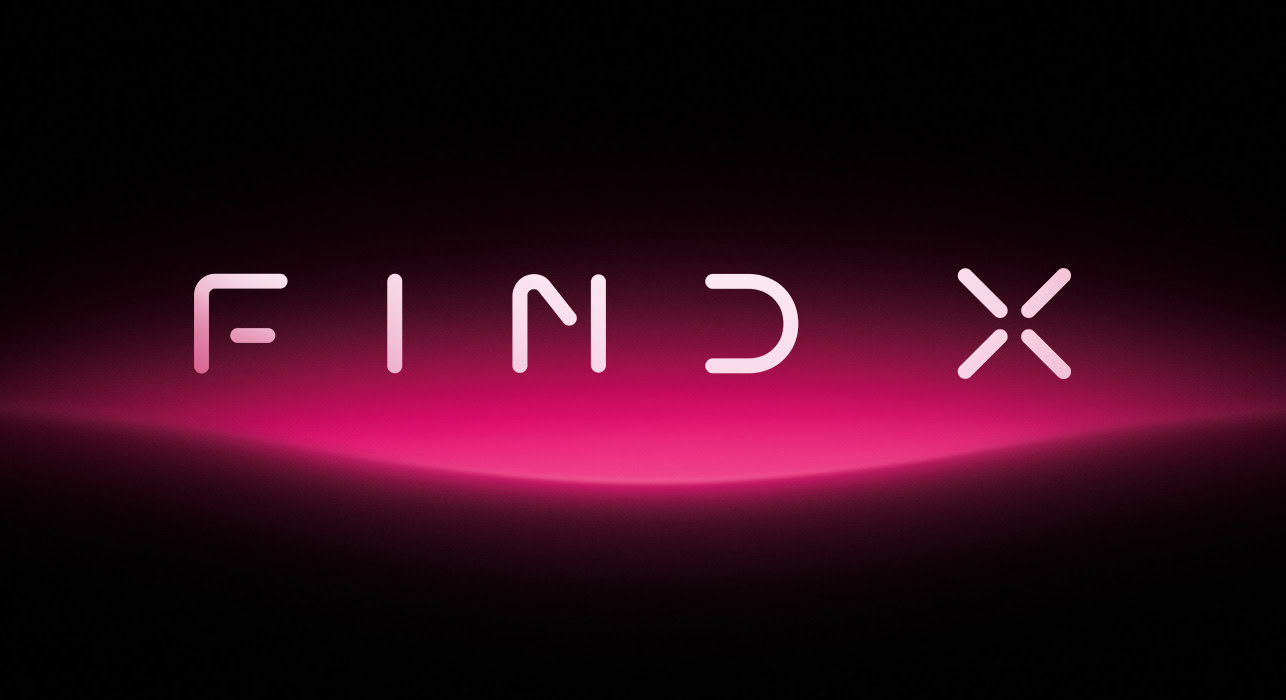
The OPPO Find X is due for a global reveal in Paris on June 19, marking the first time since 2014 that OPPO has launched a flagship device in its Find family.
Read Next: What can you expect from the OPPO Find X?
News of the upcoming phone isn’t just noteworthy because it’s a flagship. It’s notable because when OPPO sets its mind on making a flagship, results are usually innovative. Very innovative.
A flagship ahead of its time?
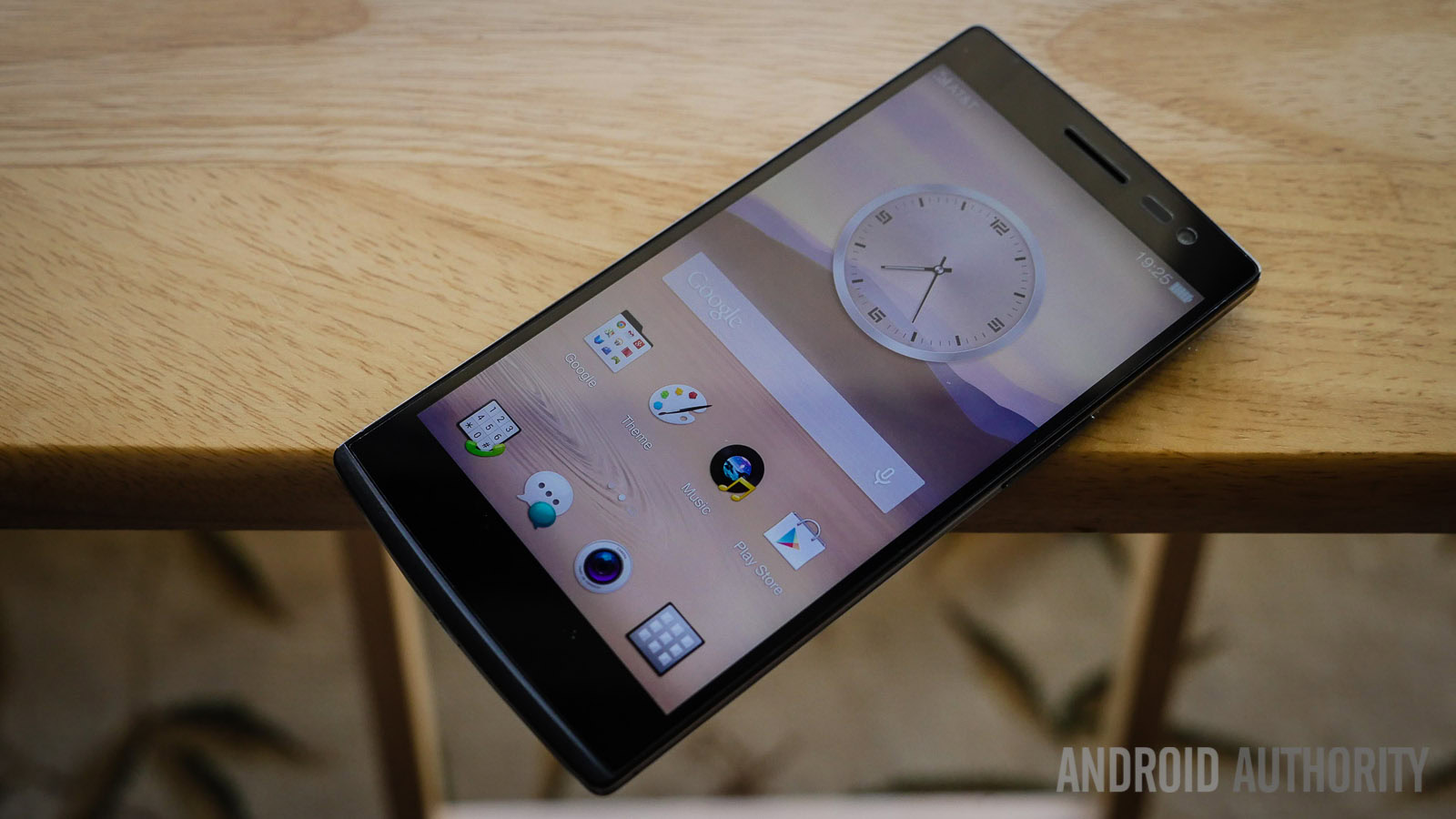
The Chinese brand takes credit for introducing selfie beautification features back in 2012, but its crowning achievement is arguably the Find 7, released in May 2014. Back then, the vast majority of flagship Android phones had full HD screens, predictable camera features, and faster but not quite fast charging.
Oppo decided to tackle all three features with its 2014 release, starting with the use of a 1440p screen. The LG G3 was the only other major release with a 1440p display at the time, while other big-name players opted for full HD panels.
Then there was the 50MP photo mode on the old device, using software smarts to create a super high-resolution shot from its 13MP camera. In fact, former Android Authority reviewer Joshua Vergara called it “surprisingly good” in his OPPO Find 7 review.
But the Find 7’s biggest achievement may have been the inclusion of VOOC charging, promising 75 percent capacity from just 30 minutes of charging the 3,000mAh battery. It marked a solid improvement over Quick Charge 2.0 (the standard at the time for other phones), which saw Qualcomm claim 60 percent capacity in 30 minutes during lab tests (albeit with a 3,300mAh battery). No wonder stablemate OnePlus used the feature too, branding it Dash Charge.
This list of features is arguably just as applicable now as it was back in 2014. In fact, save for an upgraded camera and beefed up internals, the Find 7 wouldn’t seem out of place for a 2018 flagship (just add a notch, heh).
Not a one-trick pony
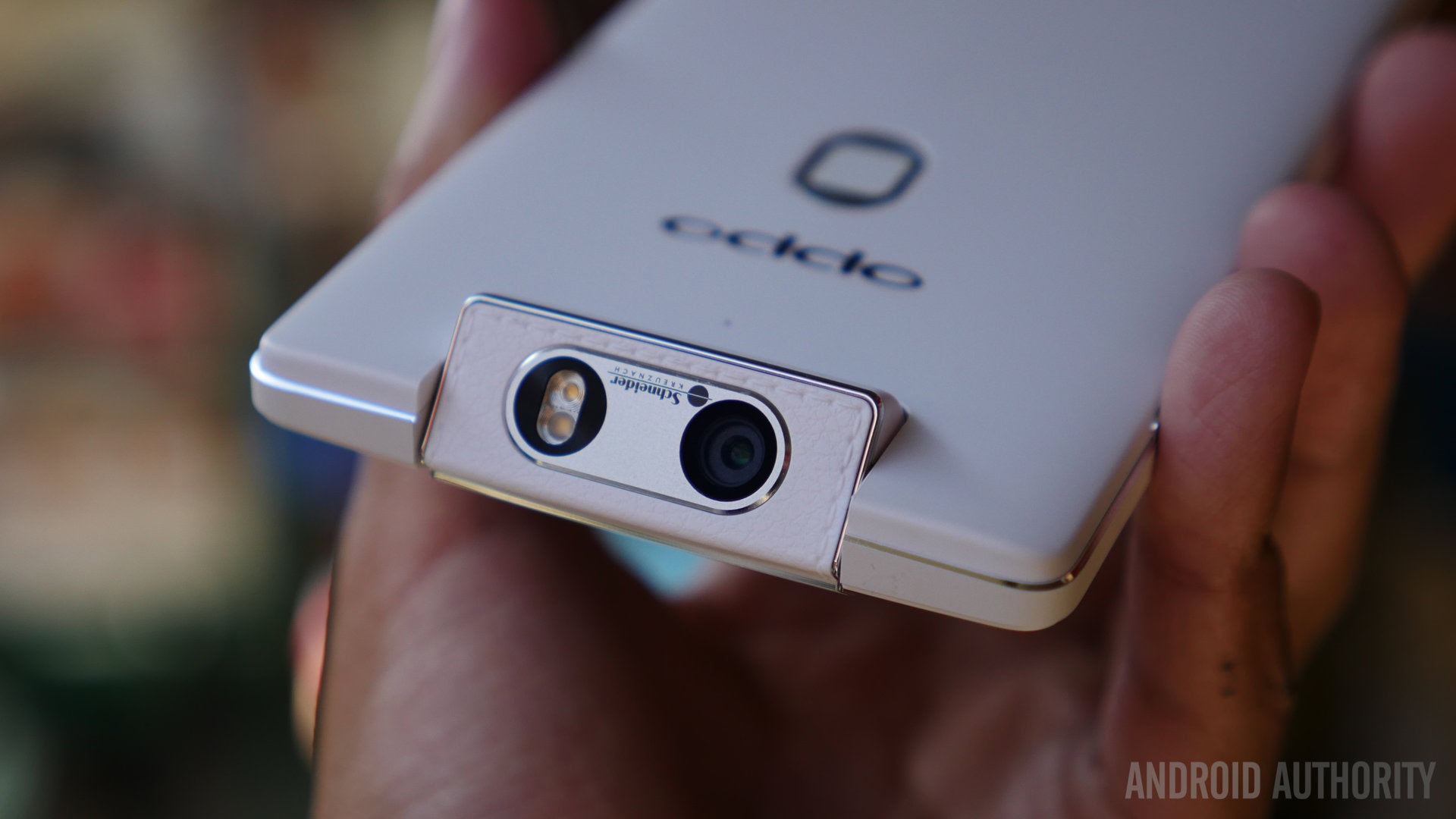
Oppo’s N-series showed that the Find 7 wasn’t a one-hit wonder, as the OPPO N1 and N3 offered a camera on a motorized swivel. The benefit of this solution was obvious. It’s standard practice for the selfie snapper to be noticeably worse than the main shooter. So why offer a mediocre front-facing camera when the main camera can be used for selfies too?
Then there was the ability to take panoramas without moving the phone. Simply hold the phone in landscape mode, hit the capture key to begin, and the motorized swivel will slowly rotate to capture everything. It’s not the fastest process, but it’s a rather cool, smooth way to get a panorama.
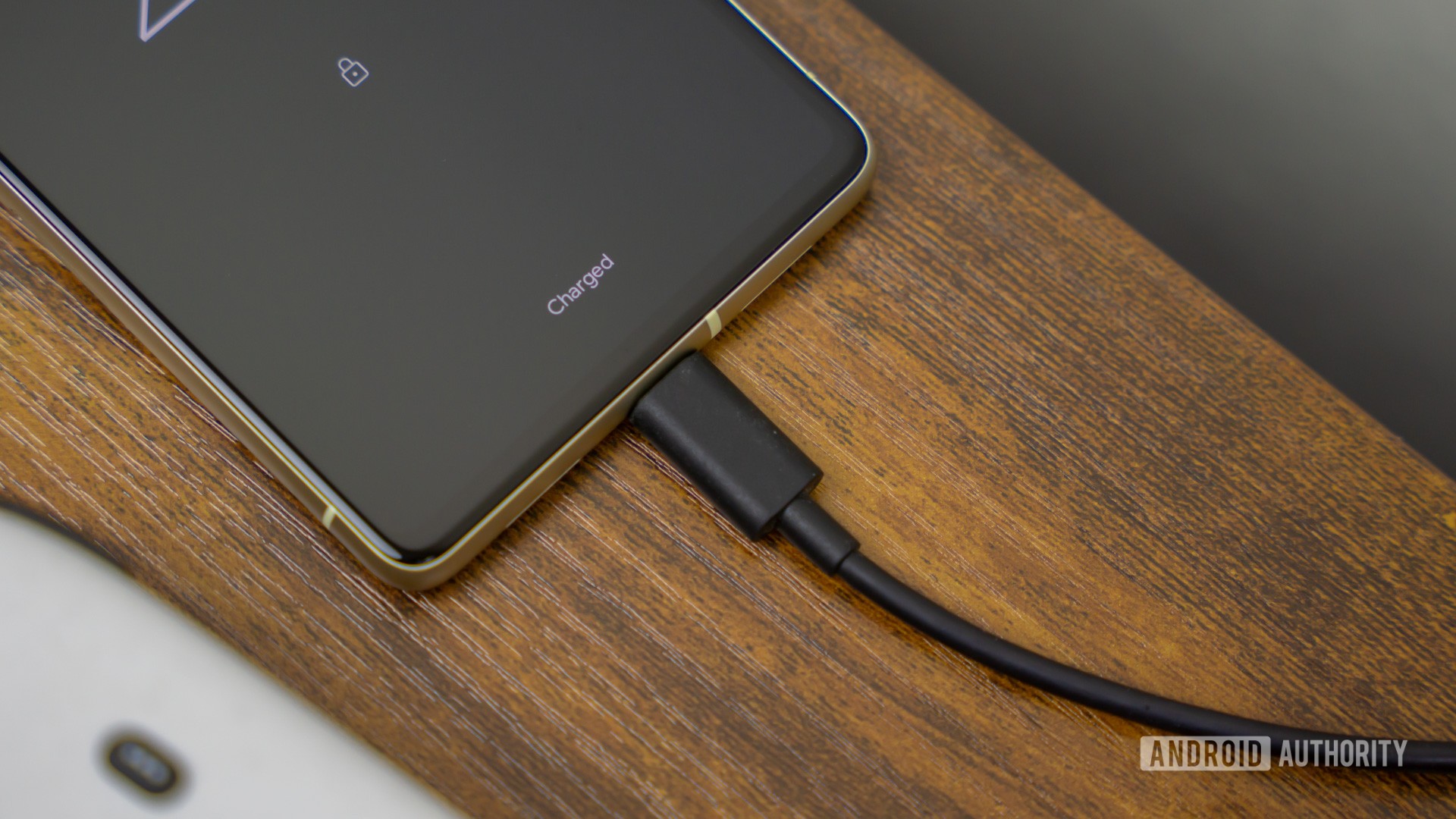
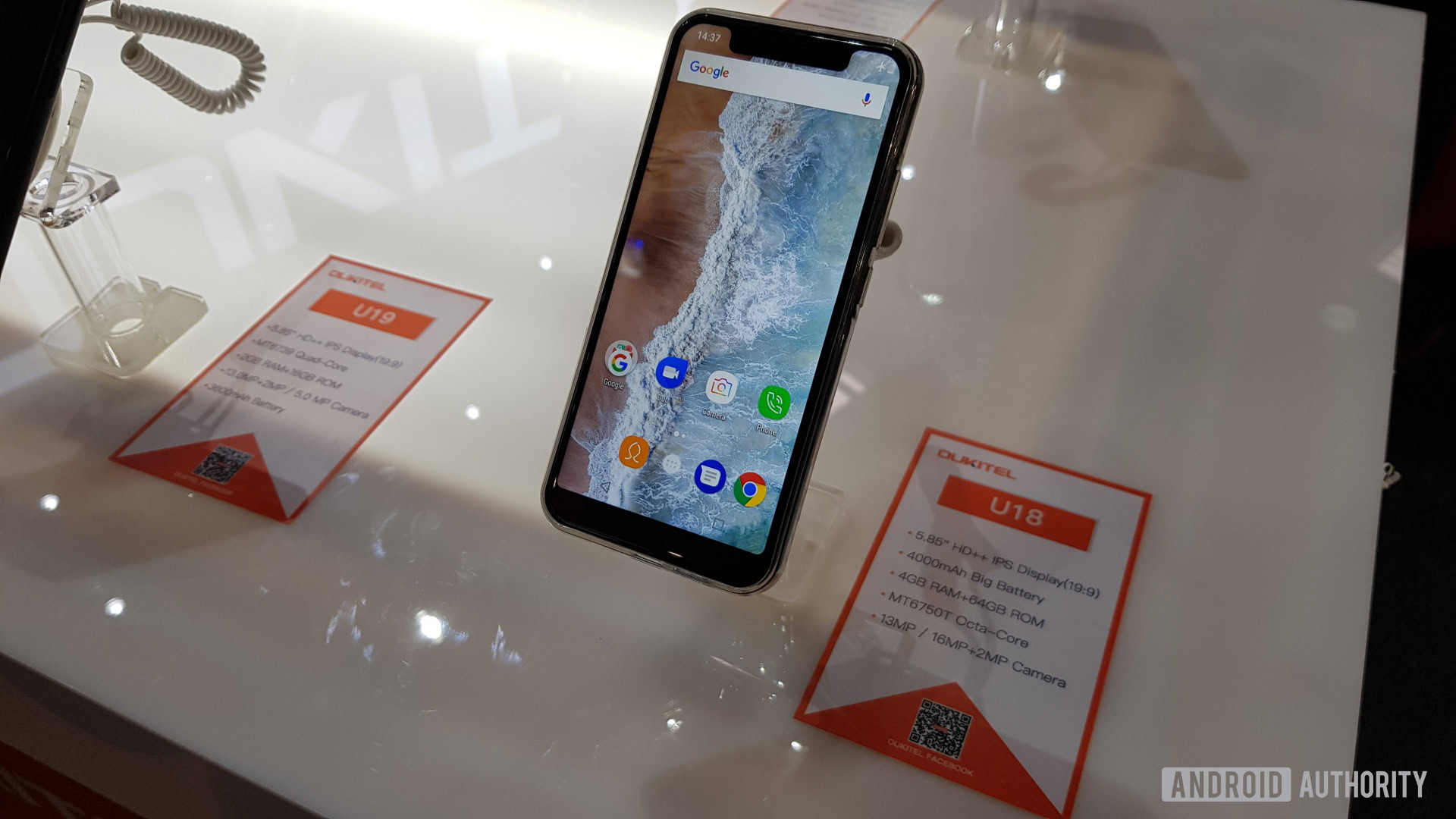
Oppo’s N1 also offered another cool innovation in the form of a touch-sensitive rear panel. The invisible touch area allowed you to scroll through lists, swipe through galleries, and take photos with a tap. The company then added a fingerprint scanner to the rear of the N3, retaining the N1’s touch gestures.
Sound familiar? That’s because Huawei adopted fingerprint gestures for the Mate S via a rear scanner, before almost every other manufacturer jumped on the bandwagon.
Oppo’s latest bag of tricks to hit Find X?
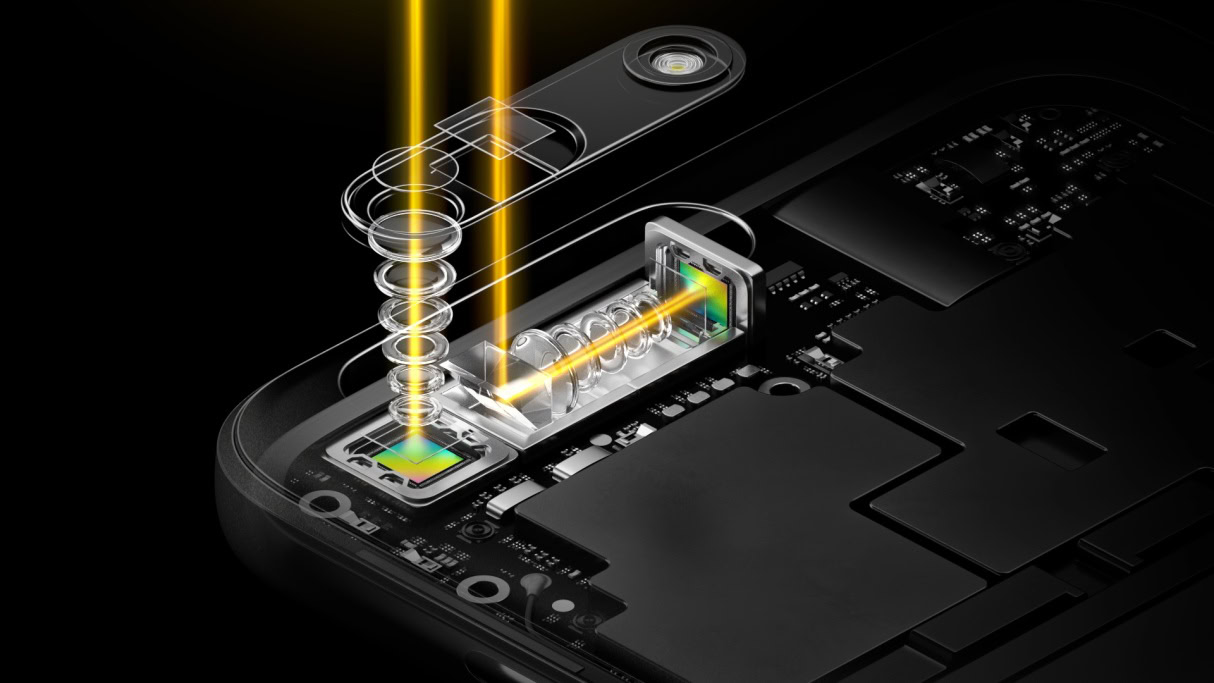
OPPO has largely stuck to budget and upper mid-range phones following the last Find and N-series phones. It’s managed to keep itself busy on the R&D front though, delivering a number of innovations in the past few years.
Its craziest trick has to be 5x zoom via a dual camera setup and a prism, as seen at MWC 2017. Who says that pixel binning and triple camera setups are the only way to achieve 5x smartphone zoom?
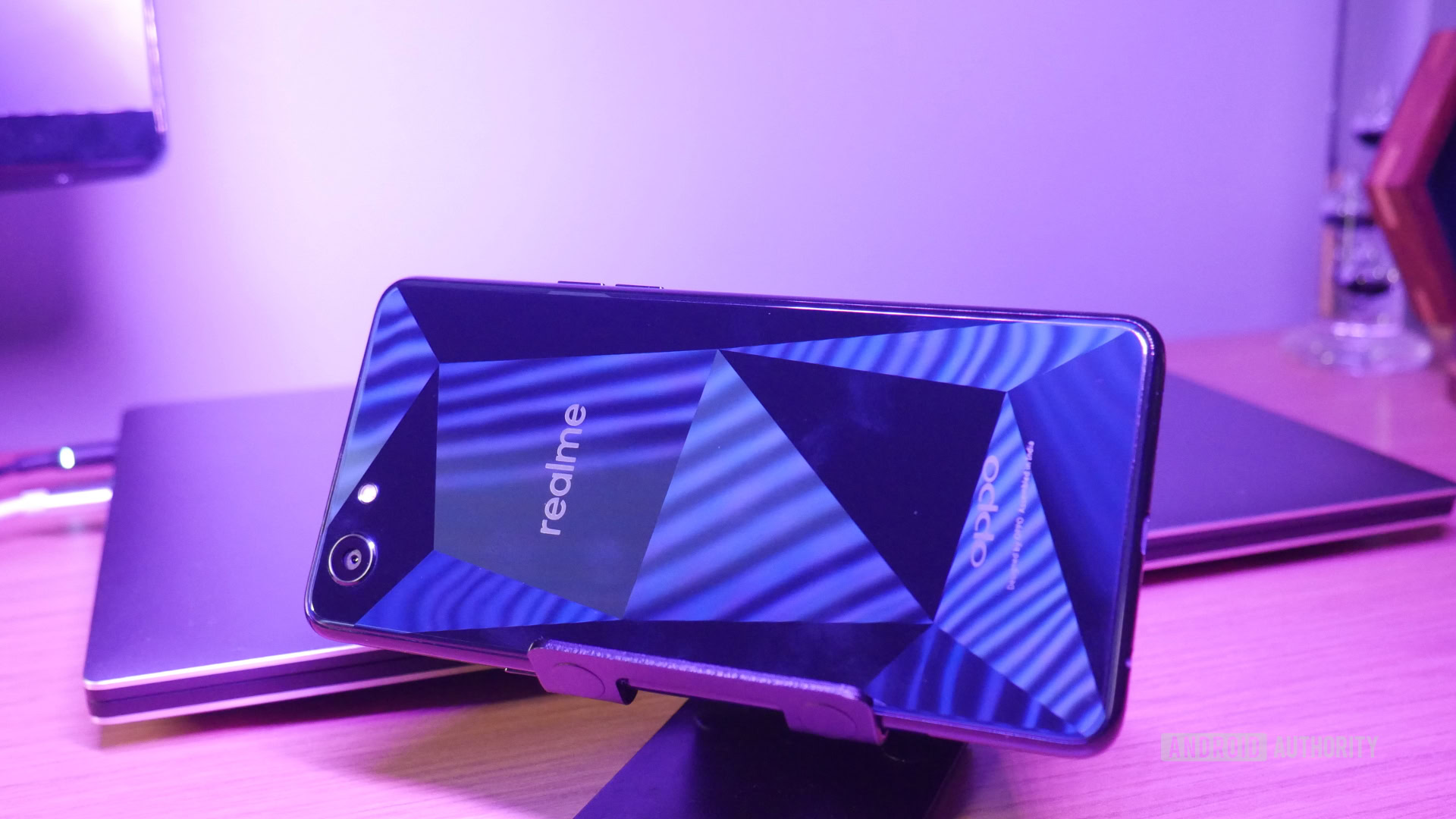
It wasn’t the only innovation revealed at MWC by OPPO, as it used the 2016 running to show off Super VOOC Flash Charge technology. Odd name aside, the charging technology certainly seems promising, even if all the numbers relate to a small 2,500mAh battery.
The Chinese manufacturer says the battery will hit 45 percent capacity after just five minutes of charging. A full charge via the new technology took just 15 minutes. It’s some crazy technology, but here’s hoping we don’t see much longer charging times for 3,000mAh batteries…
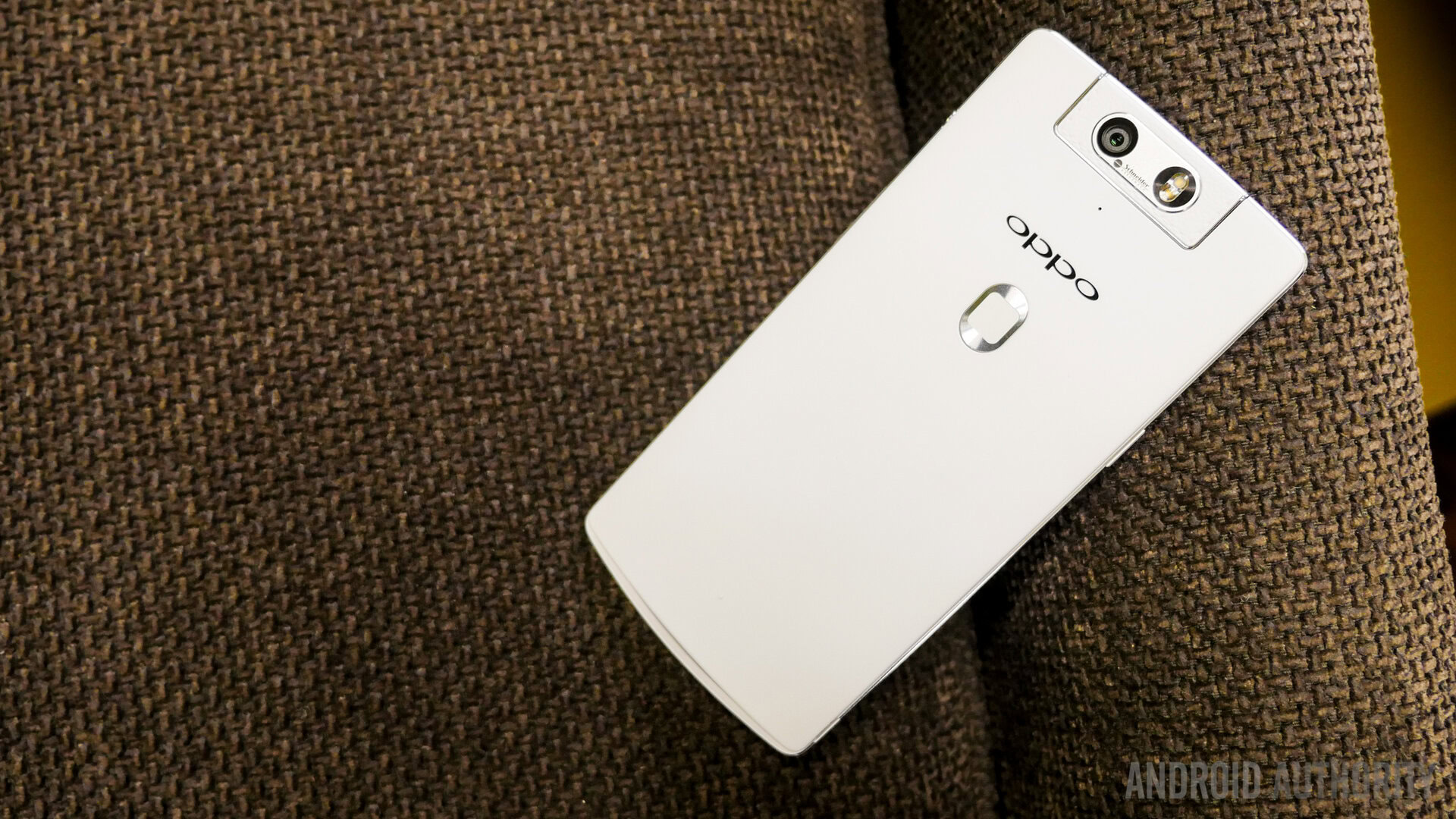
More recently, OPPO opened an R&D institute (with several satellite offices around the world), focusing on 5G technology, AI, materials, and camera technology. It’s likely too soon to expect any innovations from this institute in the Find X, but future flagships would certainly benefit from the organization’s work.
Then there’s the work from fellow stablemate Vivo (BBK owns OPPO, vivo and OnePlus). The company has had a breakout 2018, launching several phones with an in-display fingerprint scanner, and revealing a phone with a pop-up selfie camera. It also announced the rather intriguing super HDR feature in March, touted as a more advanced, eye-popping implementation of HDR. We hope OPPO cribs a few of these features for its upcoming smartphone.
Can OPPO Find its way?
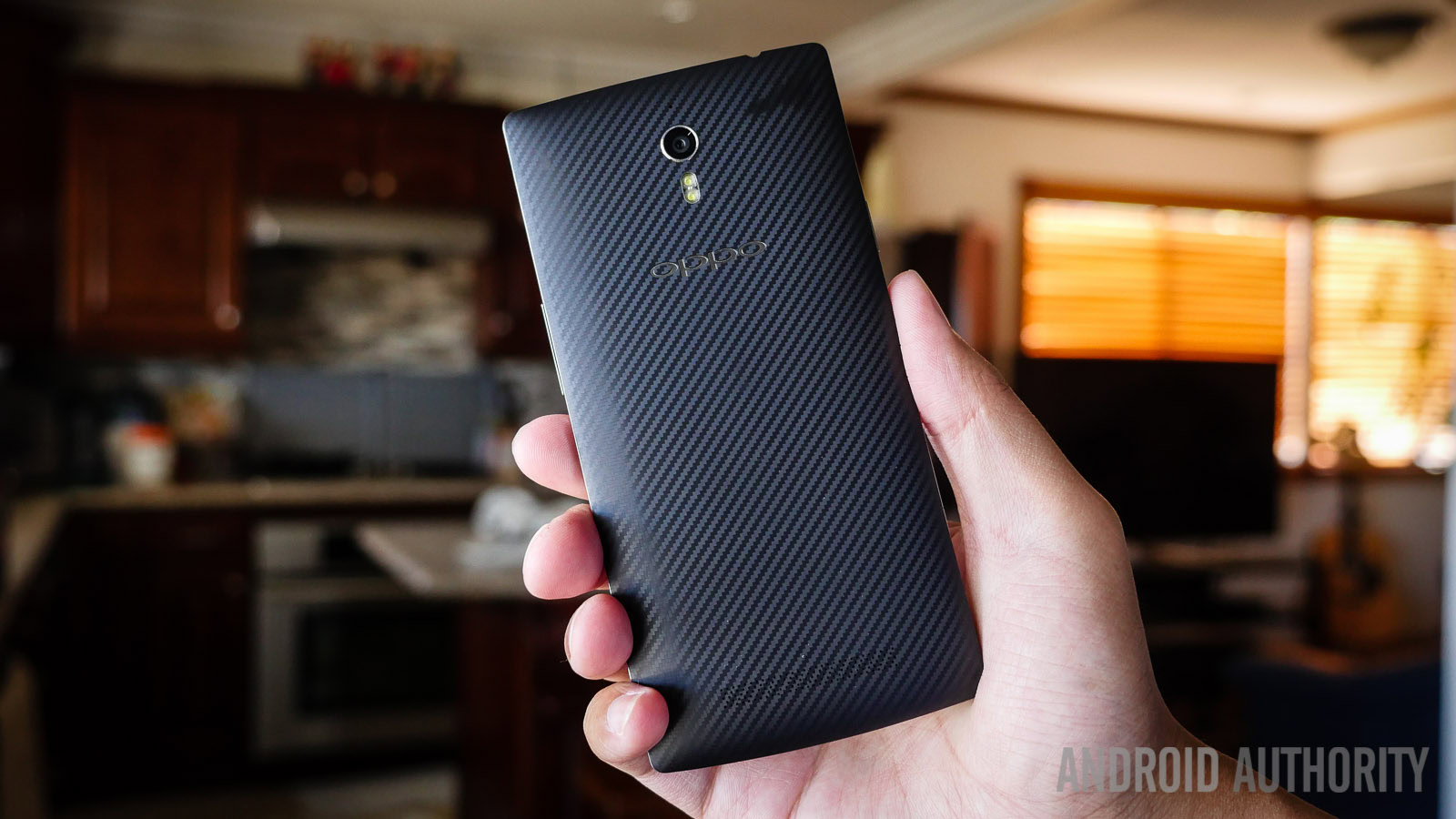
Nevertheless, despite the firm’s track record with flagships, there’s every possibility that OPPO swerves us all by releasing a phone with a notch, iPhone X-style camera housing, and no headphone jack. So until the Find X actually gets an official reveal, we’ll try to keep our expectations in check.
What do you expect from the Find X? Will OPPO be able to duke it out with other major players? Let us know in the comments section below.
Thank you for being part of our community. Read our Comment Policy before posting.